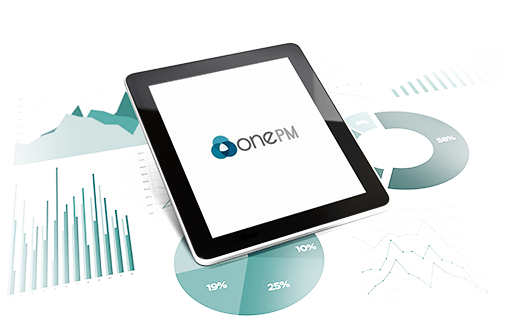Many organizations overcomplicate the connection between root cause analysis (RCA) and reliability centered maintenance (RCM), and when an asset fails, there can be rigorous debate about which methodology should be used to respond. From our perspective, there’s no contention as RCA and RCM are in many ways two sides of the same coin. Both are tried and tested methodologies which will help you address failure or risk and because of this, there’s no absolute right or wrong when it comes to deciding which methodology to use.
Our advice is to keep things simple. If an asset suddenly fails and you are not sure why, then performing RCA will help you determine the cause. However, if that same asset is failing regularly or you simply want to improve performance, then it may be time to do some strategy work or RCM. We would also suggest carrying out RCM on any asset that is costing too much to maintain.
Either way, you may utilize both techniques on any given asset. If you decide to start with RCA and determine that a solution is to implement some maintenance, it's then wise to use RCM logic to ensure the correct task selection.
Whichever methodology you choose, you should treat it as a process and leverage the results across your whole asset base. So if you conduct RCA on an asset and determine that new material needs to be applied to that asset, you should have a process in place that helps you apply that finding to similar assets in your organization —whether it is at the same site or a site half-way around the world.
For most organizations, this is nearly impossible right now. They conduct RCA or RCM to address a failure and may apply the results locally or even send an email out to let other sites know the change has been made. However, without a formal process in place to drive this, it is likely that change will be viewed as simply a good idea and put on the bottom of a never ending to do list.
This devalues the effort put into RCA or RCM, and could result in asset failures which could have been prevented. The flow on effect is RCA or RCM being carried out again for just one asset.
How to stop the break-fix cycle
You can avoid performing analysis or strategy on the same asset type over and over by applying RCA or RCM as part of a structured process for asset management or reliability. Central to this is a connected digital dataset which knows where every instance of a similar asset is located. So if a change is made to the asset at one site, every other owner of that asset across the organization is notified and there is a standard implementation path which they can leverage to make that change.
In this way, you’ll be able to efficiently leverage the results of RCA or RCM across your entire asset base. In other words, all those good ideas you’ve invested time and effort in will finally be put to work.


